Curry paste is a cornerstone of many Asian cuisines, delivering a complex blend of spices and herbs that gives curries their signature flavor and aroma. As global demand for authentic ethnic flavors continues to grow, curry paste has seen a surge in both domestic and international markets. But which nation leads the world in producing this versatile and flavorful condiment? Let’s dive deep into the world of curry pastes and explore which country stands tall as the largest producer—and why.
Understanding Curry Paste

Before identifying the top producer, it is important to understand what curry paste is. Curry paste is a blend of spices, herbs, and aromatics that are ground together into a wet mixture. The ingredients typically include chilies, garlic, shallots, lemongrass, galangal, coriander seeds, cumin, turmeric, and other region-specific components. Unlike dry curry powders, curry paste offers a more intense, fresher flavor and is a staple in dishes from Thailand, India, Malaysia, and beyond.
There are several types of curry pastes:
- Red curry paste – rich and spicy, common in Thai cuisine.
- Green curry paste – known for its fresh and herbaceous flavor.
- Yellow curry paste – milder and often includes turmeric.
- Massaman and Panang curry pastes – more complex blends often used in Southern Thailand.
Global Overview of Curry Paste Production
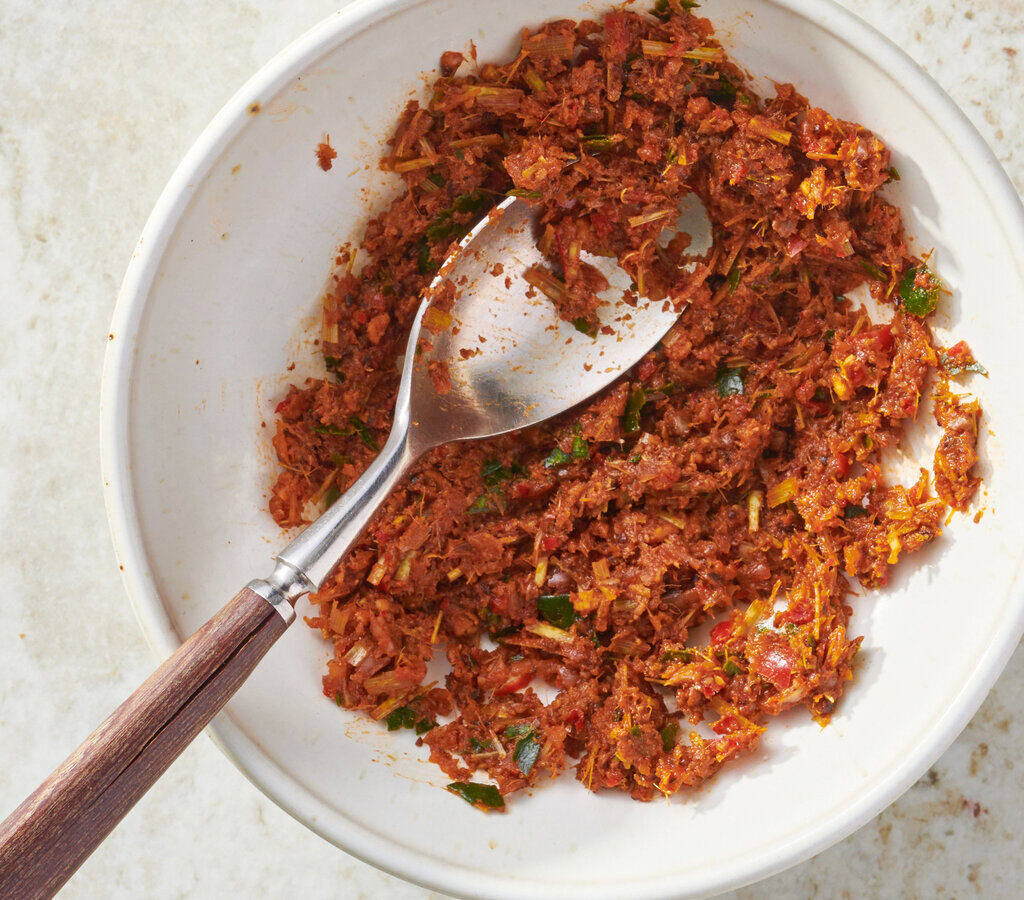
Curry paste is primarily produced in countries where curry is deeply embedded in traditional cuisine. Key players include:
- Thailand
- India
- Malaysia
- Indonesia
- Japan (to a lesser extent)
- Vietnam
These countries produce a variety of curry pastes for both domestic consumption and export. However, when it comes to industrial-scale production, global export volume, and market influence, one country clearly stands out.
Thailand: The Undisputed Leader in Curry Paste Production
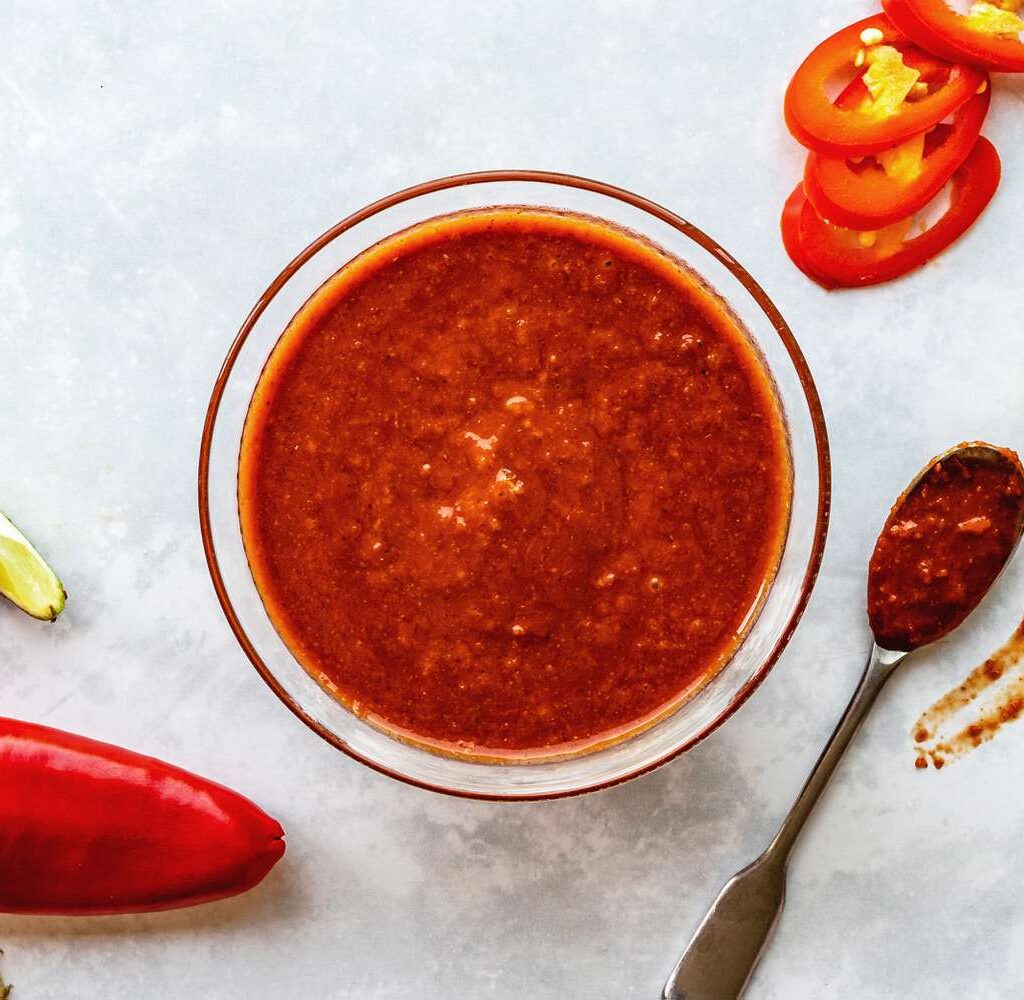
1. Dominance in Export Markets
Thailand is the largest producer of curry paste in the world, both in volume and export value. Thai curry pastes are in high demand globally due to the international popularity of Thai cuisine. From street vendors to five-star restaurants, dishes like Thai green curry, red curry, and Massaman curry rely heavily on the signature flavor bases that Thai curry pastes offer.
According to trade data:
- Thailand exports curry paste to over 80 countries worldwide.
- Major importers include the United States, Japan, Australia, the United Kingdom, and Germany.
- Leading Thai brands like Mae Ploy, Aroy-D, Namjai, and Thai Kitchen dominate supermarket shelves across continents.
The Thai Ministry of Commerce reported that the export value of prepared or preserved food products including curry paste reached hundreds of millions of USD annually, with curry paste accounting for a substantial share.
2. Industrial Production and Innovation
While curry paste production in Thailand once relied heavily on traditional methods—mortar and pestle, handmade preparation—today it has evolved into a high-tech, hygienic, and scalable industry.
- Modern food processing facilities allow large-scale production.
- Companies invest in R&D to create curry pastes with longer shelf lives and preservative-free options.
- Thailand has also innovated in creating vegan and gluten-free curry paste varieties to meet diverse dietary demands worldwide.
These innovations not only maintain authenticity but also ensure safety and quality, helping Thailand maintain its leadership.
3. Government Support and Promotion
Thailand’s government actively promotes Thai food abroad through initiatives like:
- “Thailand: Kitchen of the World” campaign.
- Support for exporters and food processing companies via tax incentives and trade shows.
- Food certification and standardization systems (like GMP, HACCP, and HALAL certifications) to meet global import requirements.
This strategic support helps curry paste producers scale their operations, maintain international quality standards, and penetrate new markets.
India and Malaysia: Important Regional Players
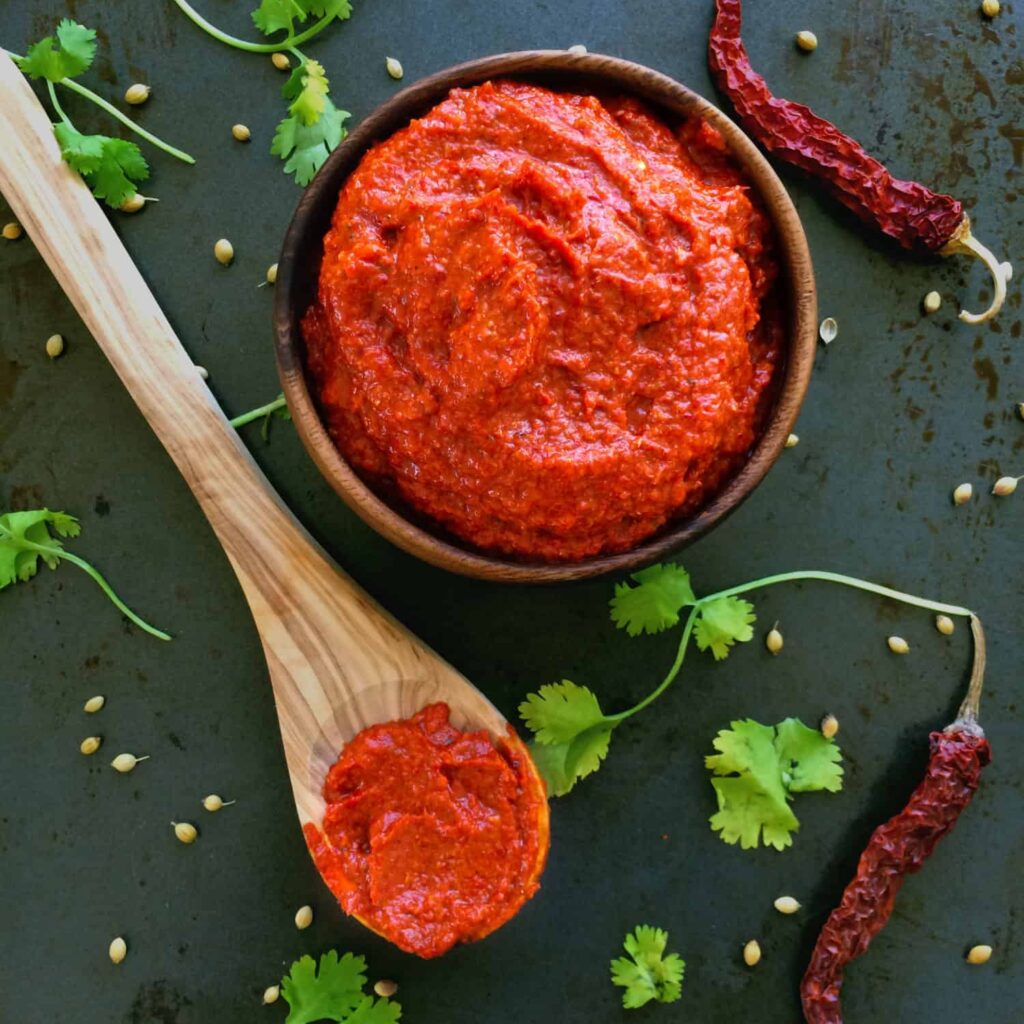
While Thailand dominates globally, India and Malaysia are also significant producers.
India
- Produces various forms of curry bases and spice pastes, but these are more region-specific and less standardized than Thai curry pastes.
- Companies like MTR, Patak’s, and MDH export Indian curry pastes globally.
- Indian curry pastes (like tikka masala, vindaloo, and korma) cater to a different flavor profile and are popular in regions with large Indian diasporas, such as the UK, Canada, and the Middle East.
Malaysia
- Known for curry pastes used in Nyonya and Malay cuisine.
- Brands like Baba’s, Tean’s Gourmet, and Mak Nyonya produce high-quality curry pastes used locally and exported.
- Malaysia’s curry pastes are often rich in coconut milk flavors and chili spice, especially for seafood and rendang dishes.
While these countries produce significant quantities, their curry pastes are more niche in the global market compared to Thailand’s universally recognized product lines.
Rising Global Demand for Curry Paste
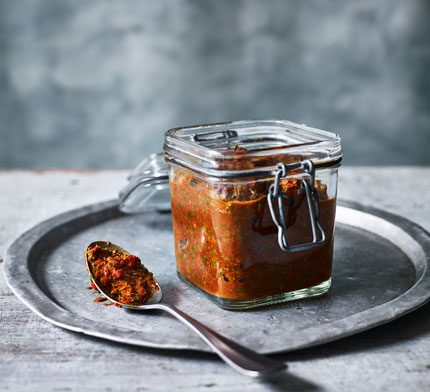
Several factors contribute to the booming demand for curry paste worldwide:
- Globalization of cuisine: Thai and Indian restaurants are now found in almost every major city.
- Increased interest in home cooking: During and post-pandemic, more people started cooking ethnic dishes at home.
- Convenience products: Consumers appreciate pre-made curry pastes as an easy way to prepare authentic meals.
- Health trends: Curry pastes often contain spices with health benefits like turmeric, garlic, and chili.
Thailand, being the top producer, is well-positioned to ride this wave with scalable production and established supply chains.
The Future of Curry Paste Production
As the food industry evolves, so does curry paste production. Key trends shaping the future include:
- Customization: Consumers seek customizable spice levels and ingredient profiles.
- Sustainability: Eco-friendly packaging and responsibly sourced ingredients are becoming standard.
- Plant-based appeal: Vegan and vegetarian versions of traditional curry pastes are gaining traction.
- E-commerce boom: Online sales through platforms like Amazon, Shopee, and Lazada make curry paste globally accessible.
Thailand’s agile food industry is already adapting to these trends, ensuring it remains the world’s largest producer.
Conclusion
Thailand stands out as the largest curry paste producer in the world, thanks to its rich culinary heritage, advanced food processing capabilities, and strong government support for exports. While countries like India and Malaysia contribute significantly to regional varieties of curry pastes, Thailand’s dominance in global markets is unmatched.
As curry paste becomes a kitchen essential in households and restaurants around the world, Thailand’s influence is likely to grow even further. The country has turned a traditional blend of spices into a global culinary export—solidifying its position as the curry paste capital of the world.
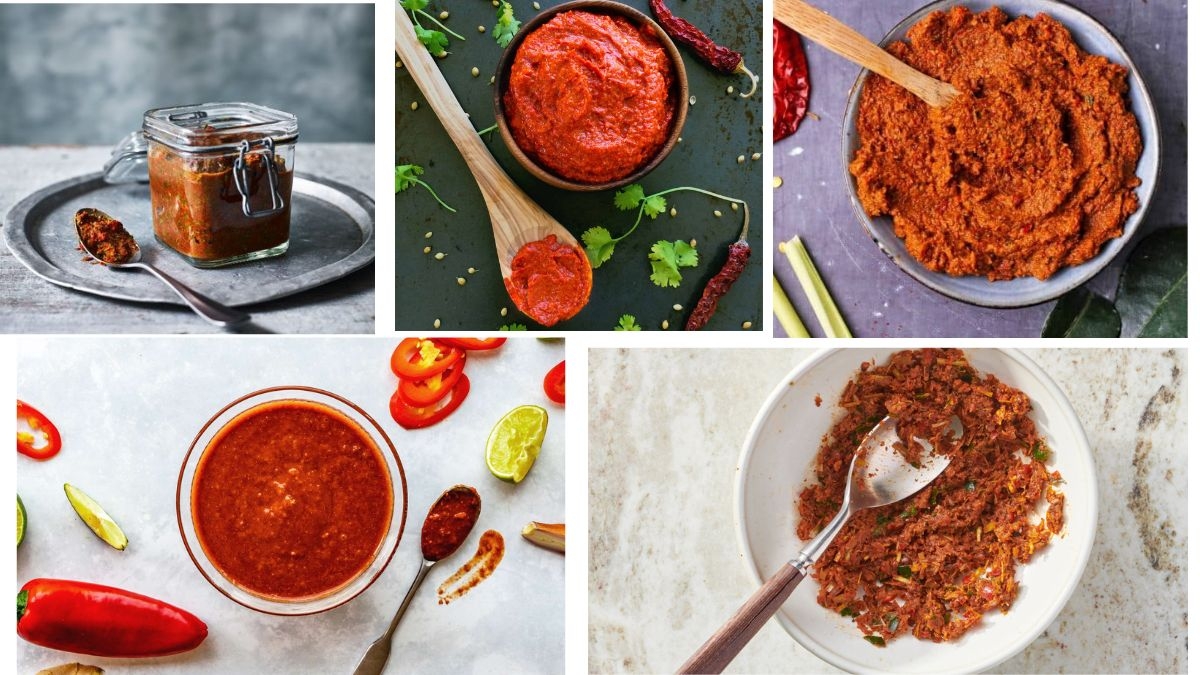

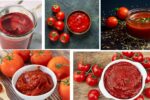

Leave A Comment